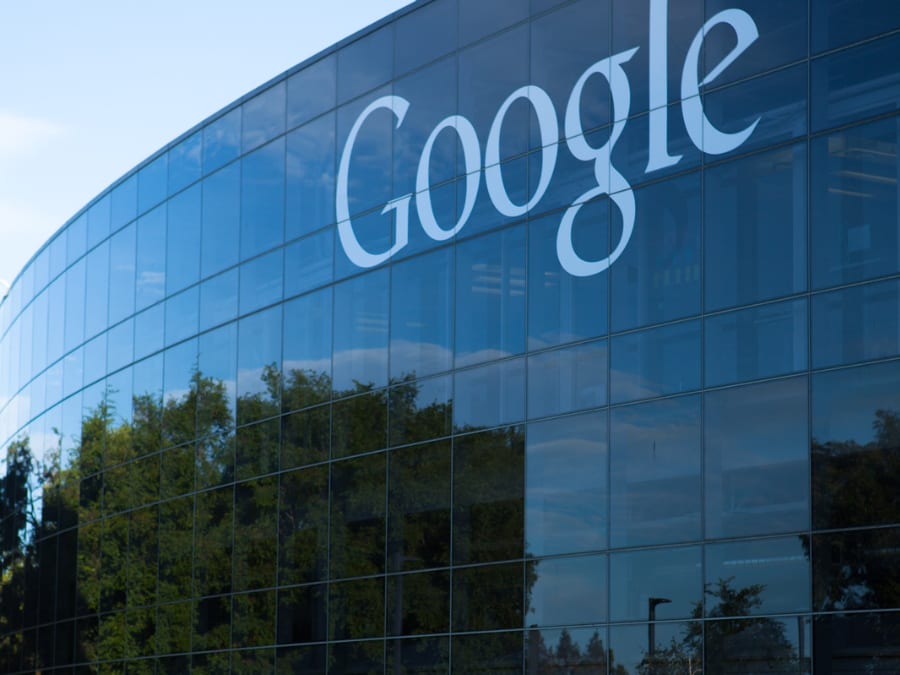|
Getting your Trinity Audio player ready...
|
Will Google’s FLEDGE be the answer to the sunsetting of third-party cookies? The jury’s out, but if there is not greater engagement and involvement from both SSPs and publishers, FLEDGE will not be ready for release by 2024. Lukasz Wlodarczyk, VP of Programmatic Ecosystem Growth & Innovation at RTB House explains more…
We have known for years that cookies, the technology underpinning digital ad targeting since the early days of the web, were on their way out. No longer able to meet the privacy standards either consumers or regulators demand, cookies have already disappeared from most major browsers, including Safari and Firefox. But Google’s efforts to preserve legitimate advertising use cases keep getting delayed with the tech giant pushing back its deadline for phasing out cookies to 2024.
But what about FLEDGE?
The more significant initiative from Sandbox is arguably FLEDGE, which grew out of Google’s TURTLEDOVE proposal, taking in aspects of alternative proposals created by other companies.
FLEDGE, which stands for “First Locally-Executed Decision over Groups Experiment”, is primarily intended for remarketing to custom interest-based audiences. The idea behind this is that ad bid and targeting decisions can be done at a device level, as the user’s own browser stores their information, rather than an ad tech platform or advertiser. Ad tech vendors are able to build interest groups using browsers on the advertiser’s website and then target them on other websites. The amount of personal data being shared across the ad tech ecosystem is significantly reduced, but advertisers and publishers still have access to a non-intrusive, privacy-compliant system with which to serve targeted ads.
FLEDGE holds great promise in its potential to facilitate effectively targeted advertising that respects user privacy. But like most of the proposals for replacing cookies, it is a long way from being fully functional. It requires the involvement of stakeholders from across the digital advertising ecosystem to test and improve – something Google has been clear about all along. That includes advertisers, agencies, publishers, DSPs, SSPs and other tech vendors.
A lack of testing to date
But concerningly, when preparing a recent white paper on the early experiments with FLEDGE, RTB House found that we were one of only three companies actively testing it, along with Criteo and Google itself.
Our trial of FLEDGE included 1.2 million users from 225 countries, and we successfully executed adding users to interest groups on more than 2,700 websites. We found that 17 publishers were able to fully integrate the code necessary to participate in the experiment. But only two supply-side platforms have chosen to join the trial, and neither has allowed for testing a full programmatic integration.
SSPs gave a number of reasons for their reluctance to engage with FLEDGE. Some said that FLEDGE was too focused on retargeting, and that this was not a major source of advertiser demand. Others expressed concern it could affect their ability to provide added value to publishers, because auctions are moved onto the user’s device.
We also heard criticism that FLEDGE doesn’t let SSPs create a single interest group representing multiple bidders for one impression, and that it was unclear how Google Ad Manager would support multi-SSP auctions.
Many publishers, meanwhile, have claimed that they were unaware of the trials, and needed education in order to participate. As a result, some feel they are not being properly informed by SSPs and ad servers on how they can take part in tests of FLEDGE. They need clarity on how SSPs and publishers’ ad servers will be integrated. Publishers often lack awareness of which marketing use cases are most valuable in driving advertising revenue, and this can make it difficult for them to assess the effectiveness of FLEDGE.
Looking ahead
Testing of FLEDGE has a very long way to go. Some crucial elements are yet to be tested in the Chrome browser at all. Ultimately, there must be greater attention paid to how the buy and supply sides are integrated. Tech stacks on both sides of the divide will need to be updated. And the Chrome user base that has FLEDGE enabled must reach a large enough size to provide sufficient data to be meaningfully analysed, and compared with both cookies, and other alternatives.
Without greater engagement and involvement from SSPs and publishers, FLEDGE will not be ready for release by 2024. Even if that date is pushed back yet again, our industry must now start thinking of cookies as a thing of the past. The onus is on Google to incentivise others to get involved in trials of FLEDGE; it could do this by limiting the capabilities of other alternatives to cookies that do not meet the privacy standards of FLEDGE, and by finding ways to provide additional valuable data to the ecosystem in a privacy-friendly way. Without a concerted effort from the whole ecosystem, and the supply-side in particular, we will find our ability to effectively target digital advertising curtailed.
Lukasz Wlodarczyk
VP of Programmatic Ecosystem Growth & Innovation at RTB House
RTB House is a global company that provides state-of-the-art marketing technologies for top brands and agencies worldwide. Its proprietary ad-buying engine is the first in the world to be powered entirely by Deep Learning algorithms, enabling advertisers to generate outstanding results and reach their goals at every stage of the funnel.


